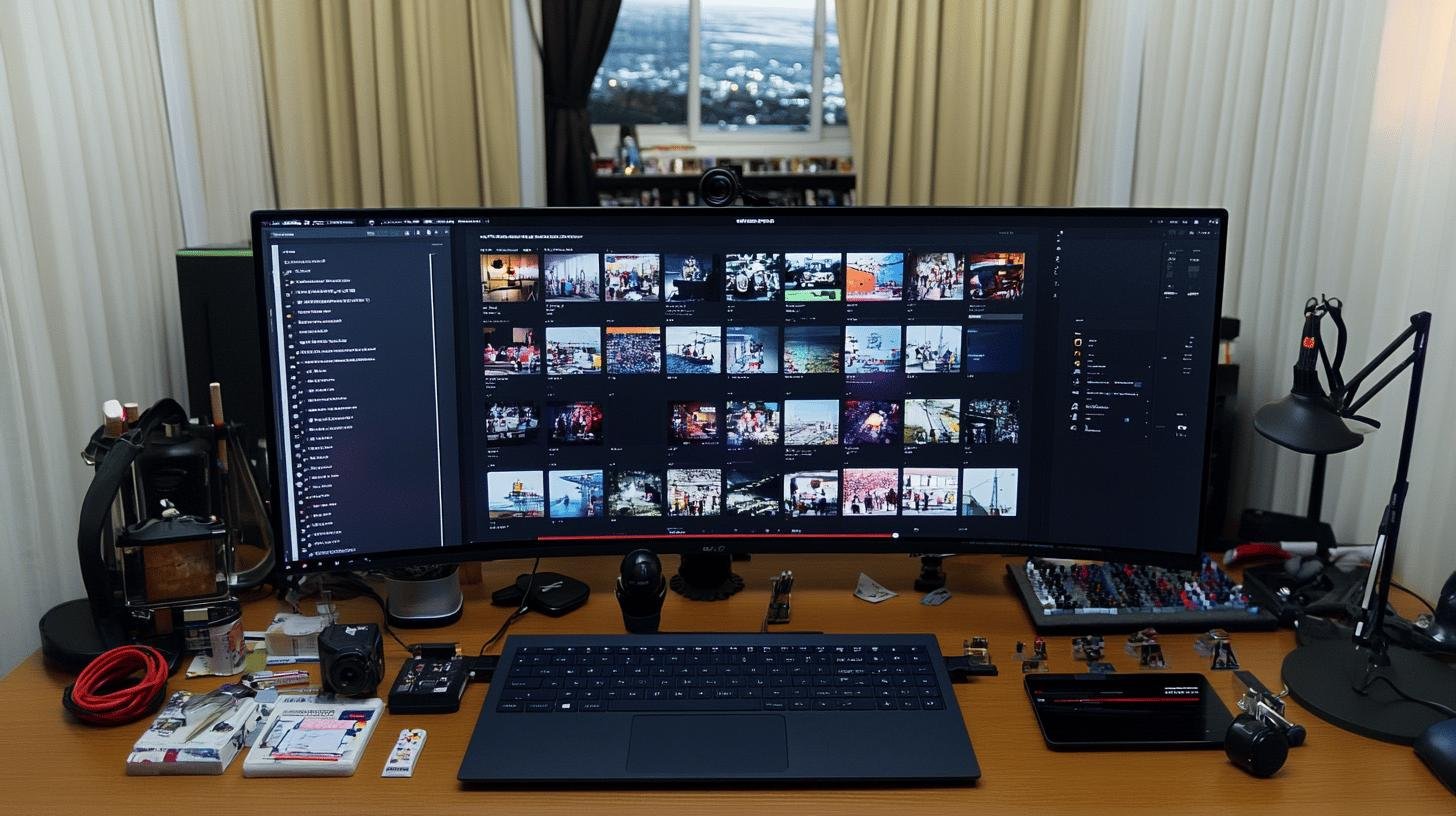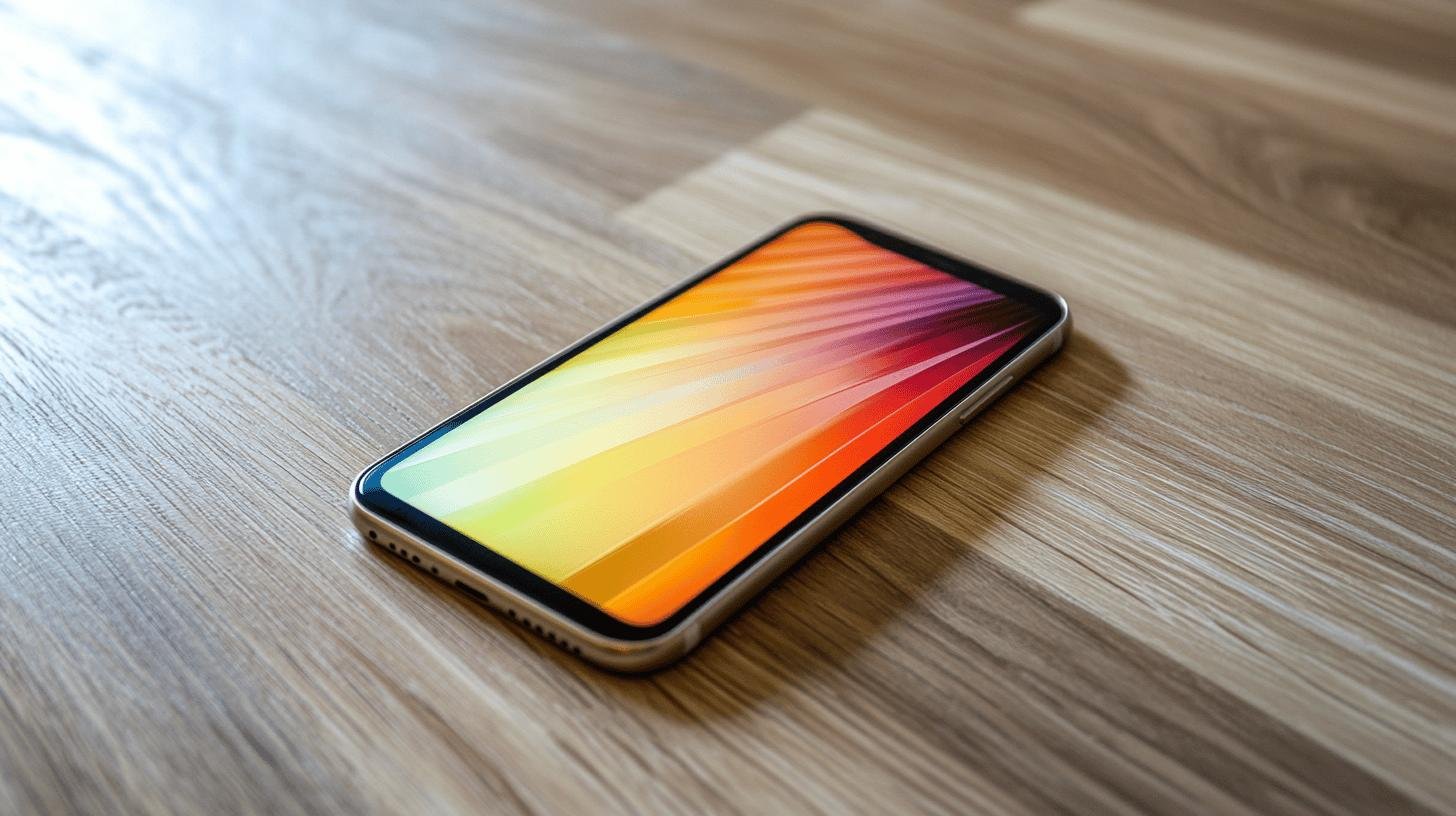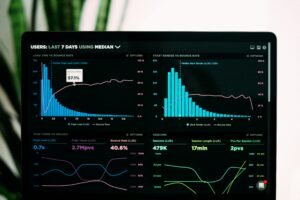Ever feel like your social media posts are just floating out there, unnoticed? You’re not alone! In the fast-paced world of social media, attention spans are shrinking faster than you can say “Snapchat.” But fear not, because there’s a powerful tool at your fingertips: visuals! Like a catchy movie poster, visuals grab the eye and spark curiosity. They make your audience hit that share button like it’s hot! This post will share how to use visuals effectively, so your content won’t just be seen—it’ll be remembered. Ready to wow with some eye-popping creations? Let’s explore how to use social media visuals
The Importance of How to Use Social Media Visuals for Engagement
Visuals are the secret ingredient in social media marketing. They grab attention and keep people scrolling. But why are they so important? Well, they aren’t just pretty pictures; they’re powerful tools. Visuals convey messages faster and more effectively than words. Ever seen a meme or a funny video that sticks with you? That’s the magic of visuals.
- Visual content is shared 40 times more than text.
- Posts with images produce 650% more engagement.
- Consistent visuals boost brand engagement by 23%.
- 90% of information transmitted to the brain is visual.
- Visuals quickly convey complex messages.
For brand recognition, visuals are key. Consider famous logos and colors; they instantly signal a brand, like the swoosh or golden arches. Regular use of visuals makes your brand memorable. When people see your visuals on social media, it’s like meeting an old friend. It builds familiarity and trust.
Visuals also encourage interaction. They spark comments, share, and inspire others to create their content. This interaction not only boosts your social media numbers but builds a community. Engaging visuals makes people remember your brand and come back for more. Make your posts visually appealing to keep your audience hooked.
Types of Visuals Used in Social Media

Diversifying the visuals you use can strengthen your social media presence. Each type plays a unique role in grabbing attention. Let’s explore how each type can work for you.
1. Images
High-quality images are the foundation of social media. They’re the first things people notice and make your posts stand out. Ever heard “A picture is worth a thousand words”? Images convey emotions and messages quickly, making them great for engagement. Aim for clear, vibrant images that represent your brand.
2. Videos
If images are the foundation, then videos are the feast! Videos can drive engagement, increasing organic traffic by up to 157%. People linger longer on videos, especially if they’re short and engaging. Whether a how-to guide, behind-the-scenes peek, or quick story, videos dynamically tell your brand story.
3. Infographics
Explaining complex information can feel like speaking in riddles. Infographics simplify this. They break down information into easy-to-understand visuals, making learning fun and digestible. That’s why they’re shared three times more than other content. Infographics are perfect for presenting stats or processes.
4. GIFs and Memes
Who doesn’t love a good laugh? GIFs and memes are the jokers of the visual world. They entertain and are highly shareable, going viral quickly. They’re great for humor or making a point, connecting with your audience on a personal level.
- Images enhance visual appeal.
- Videos boost engagement and traffic.
- Infographics simplify complex data.
- GIFs and memes encourage sharing and fun.
How to Use Social Media Visuals – Tools and Software
Got ideas but need a way to bring them to life? That’s where design tools help! The right tools make visual content creation easy, even for non-designers. These tools offer templates, icons, and editing features to create professional visuals swiftly. Think of them as your sidekicks in crafting engaging posts.
- Canva: Offers templates and simple drag-and-drop design.
- Adobe Spark: Provides advanced editing and animations.
- Snappa: User-friendly with many visual elements.
- Piktochart: Specializes in infographics and reports.
Best Practices on How to Use Social Media Visuals

How to use social media for visuals – Following best practices can mean the difference between being scrolled past and receiving a double tap. It’s not just about pretty pictures; it’s about creating visuals that engage and support your brand. Adhering to best practices ensures visuals are attractive and effective.
1. Brand Consistency
Why is brand consistency vital? Think of your favorite brands—they likely have a signature look. Using consistent brand elements like colors and logos makes your content recognizable, building trust and familiarity. People engage more with visuals that feel familiar, just like chatting with a friend rather than a stranger.
2. Platform Optimization
Each social media platform is unique. Tailoring visuals to fit specific platform requirements is crucial. For example, Instagram favors square images, while Pinterest prefers vertical. By optimizing image sizes and formats for each platform, your visuals will look their best, enhancing performance and standing out.
- Use high-quality images for better engagement.
- Maintain consistent colors and typography.
- Optimize image size and format for each platform.
- Use eye-catching designs to attract viewers.
- Regularly update visuals to keep content fresh.
Analyzing and Measuring Visual Content Performance
Curious if your visuals are hitting the mark? Get into the numbers! Analyzing performance helps you know what works. Likes, shares, and comments aren’t just for show—they guide you on what captures attention. Monitoring these metrics shows which visuals stop thumbs from scrolling. Tools like Google Analytics provide insights, offering a treasure trove of data.
- Monitor engagement metrics like likes and shares.
- Use analytics tools for performance data.
- Conduct A/B tests to find effective visuals.
A/B testing is like a taste test for visuals. Show different content versions to audience segments to see which gets more engagement. It fine-tunes your strategy, ensuring content resonates. Mix it up and test visuals to master social media engagement!
Conclusion
We got into how to use social media visuals, we found their incredible power to boost engagement. Visuals can capture attention and make content memorable. Brands using them see a notable spike in interaction. From images to videos and GIFs, using diverse visuals can skyrocket your marketing game.
Tools like Canva and Adobe Spark simplify the creation of these eye-catching assets. Remember, a consistent brand look is key. You can tailor visuals to each platform to hit the mark every time.
Create and test different visuals to find what resonates best. You’ll be on your way to improving social media engagement in no time!
FAQ
Why are visuals important for social media engagement?
Visuals are crucial for capturing audience attention in social media marketing. They’re 40 times more likely to be shared than text, making them key for boosting engagement and brand recognition.
What types of visuals are effective on social media?
Images, videos, infographics, and GIFs each play unique roles in content engagement. Videos can drive traffic, infographics simplify complex info, and GIFs entertain and encourage sharing.
What tools can I use to create social media visuals?
Tools like Canva, Adobe Spark, and Snappa are great for creating visuals. They offer templates and editing features that enhance design quality and save time for small businesses.
How can I maintain consistency in social media visuals?
Use consistent brand colors and logos to boost recognition. Tailor visuals to fit each platform’s specs and enhance performance, ensuring your brand message stays strong across the board.
How do I measure the performance of my visual content?
Monitor likes, shares, and comments to gauge effectiveness. Use analytics tools for detailed data, and conduct A/B testing to identify which visuals resonate most with your audience.




